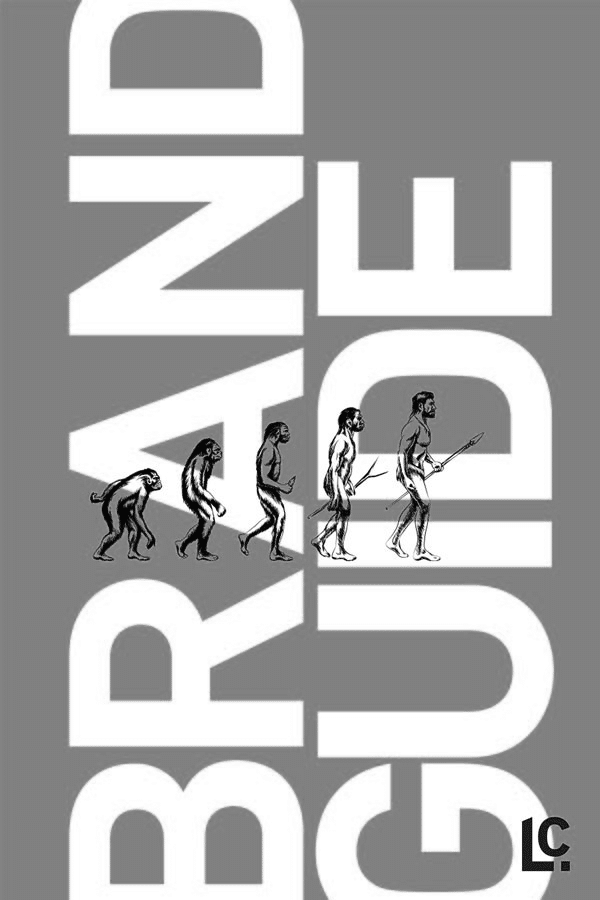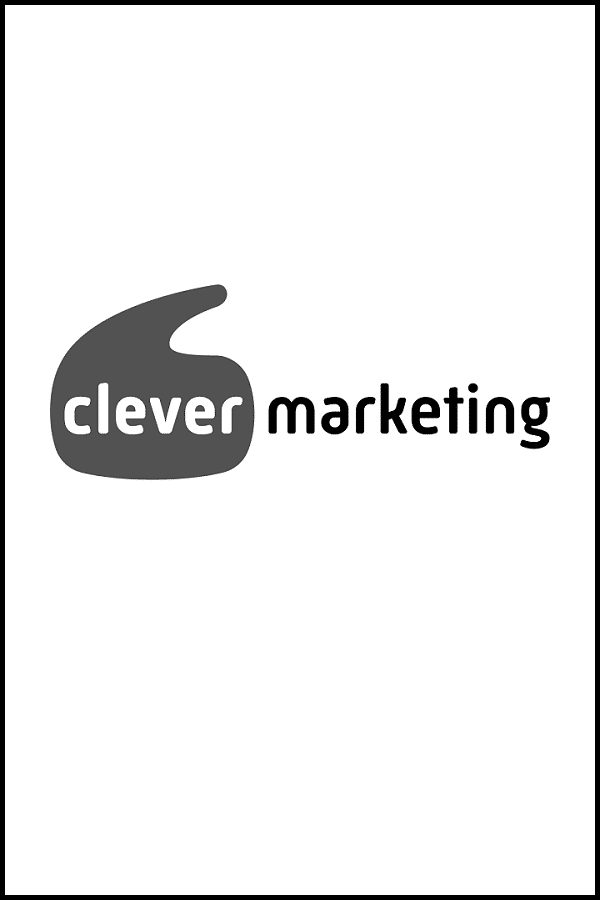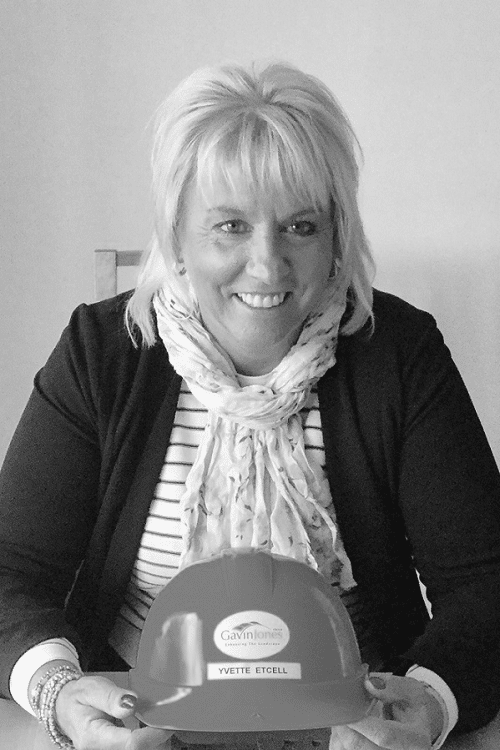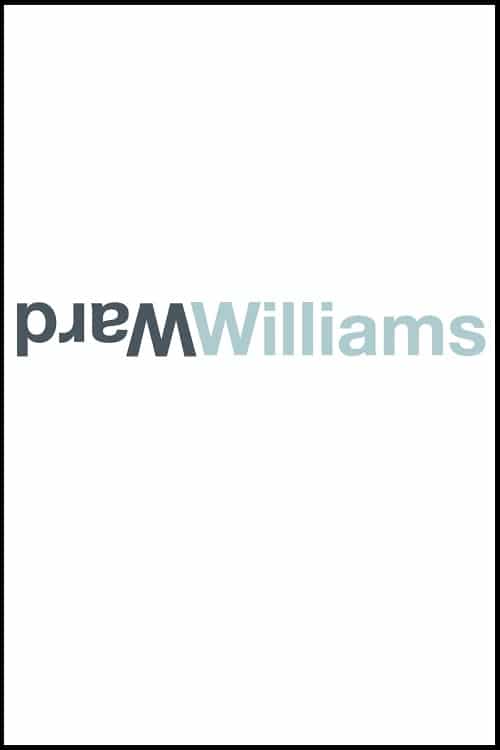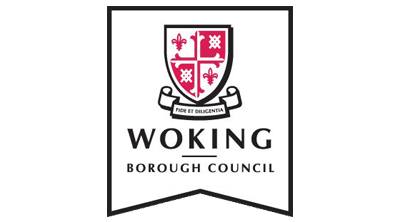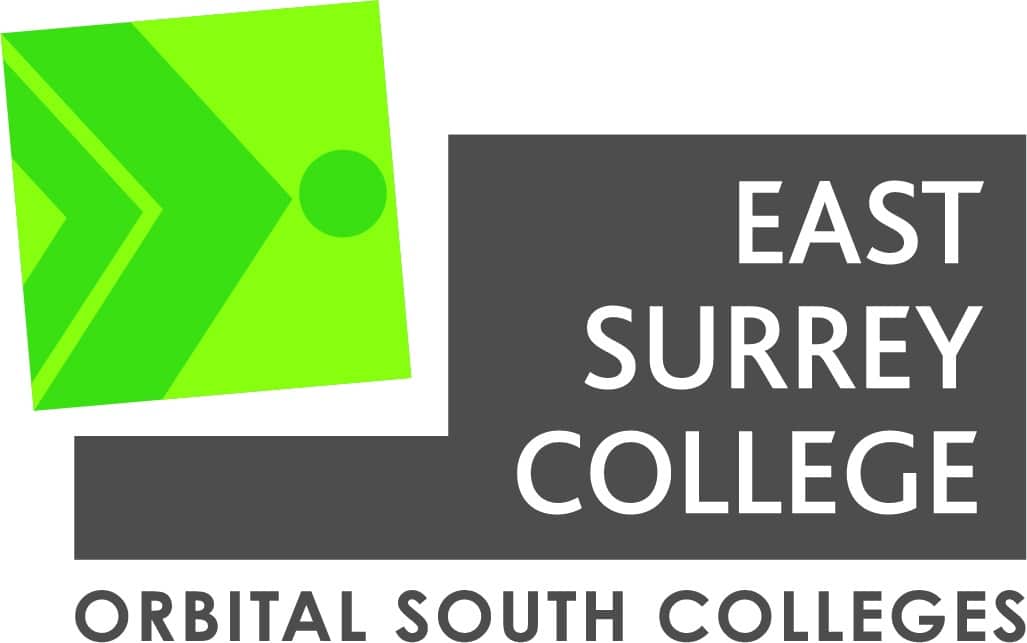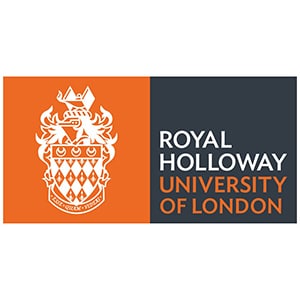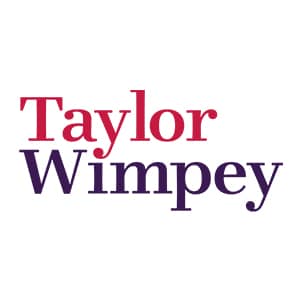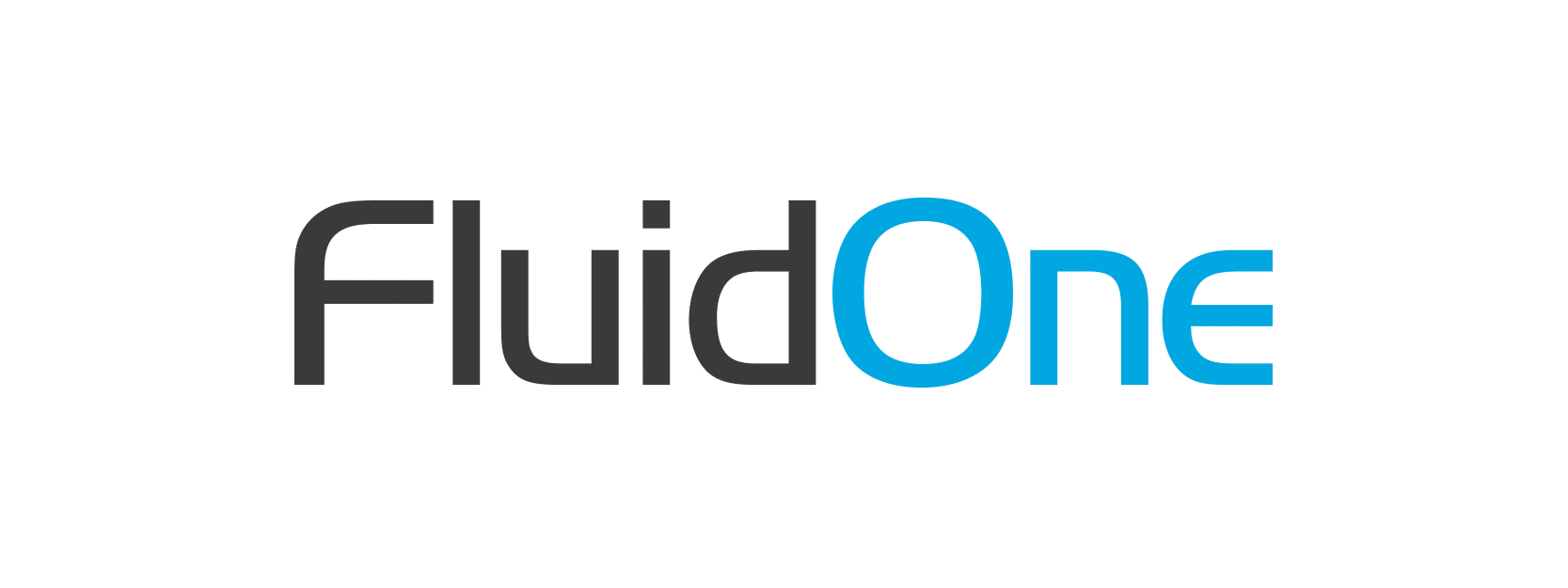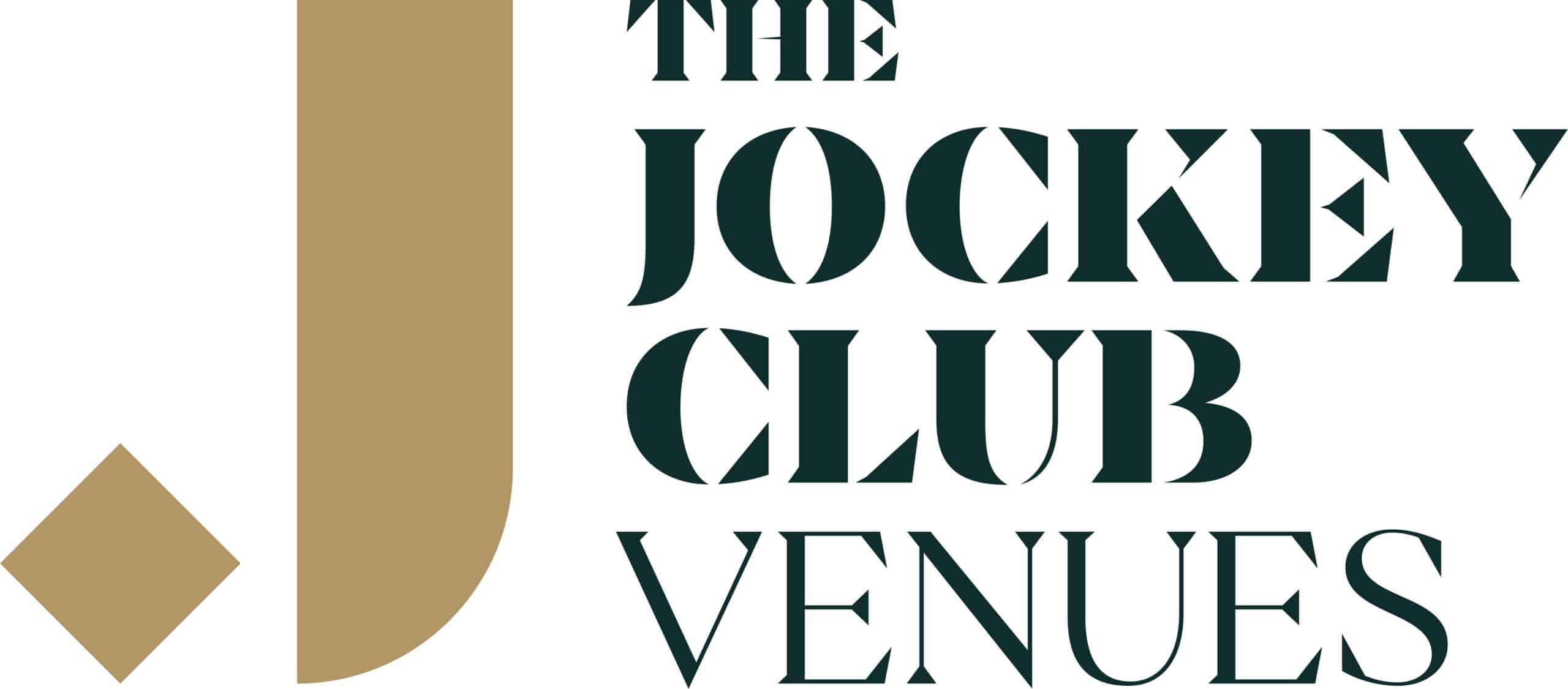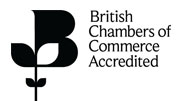What is BIM and why should you know about it?
8th May 2018
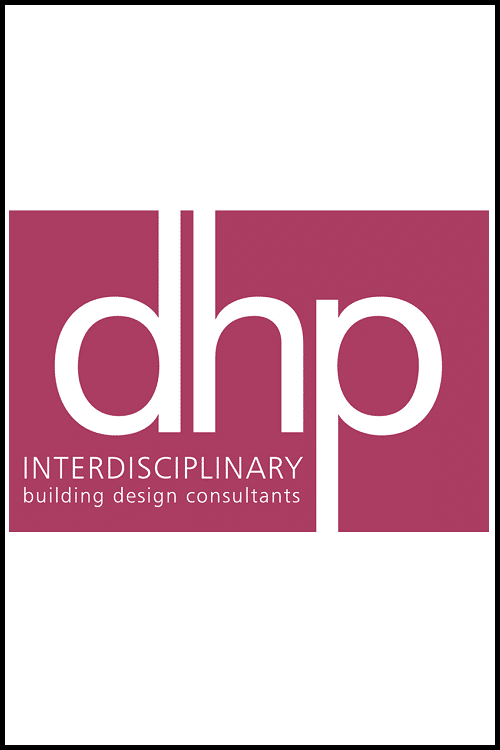
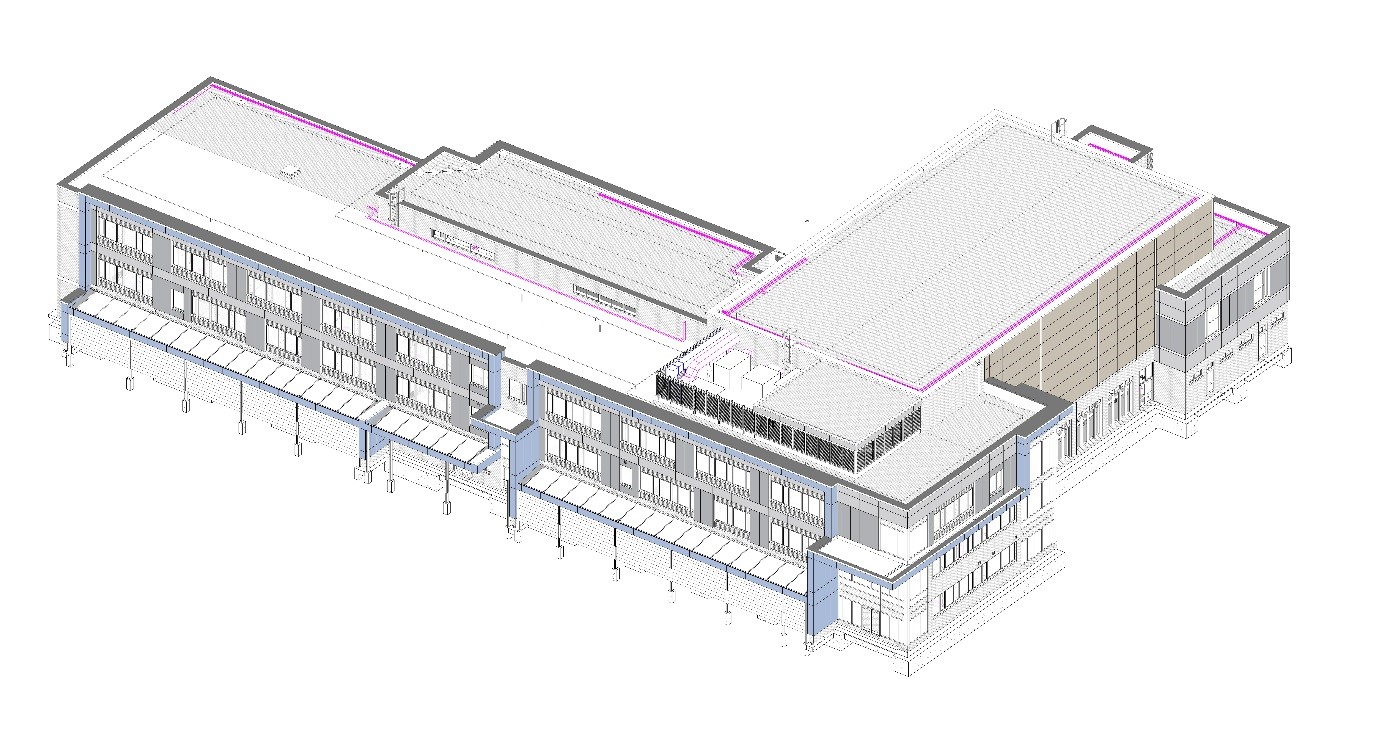
Figure 1: Building model
Chaminda Abayawardana, Associate Partner and Architect at DHP, examines the importance of the BIM process for the facilities and financial management of property.
BIM has been omnipresent in design and construction for over 20 years, however as the Government are now driving the process and the construction industry are slowly waking up to its significance, how important is BIM during design and construction projects , and should you be aware of the BIM benefits?
What is BIM?
BIM (Building Information Modelling) is a process that can be used within the design, construction and operation of any building. It is a digital based process that allows multiple design disciplines and construction companies to plan, design and construct buildings in a more seamless and collaborative manner. The process creates and manages information, in one shared location, throughout the project lifecycle, minimising errors and providing effective, unambiguous and usable data for consultants, contractors and clients alike.
A 3D model (Figure 1 and Figure 2) is developed within a computer package and further developed throughout the building design and construction phases, with the associated data stored / attached to the model. The model is then provided to the client in place of the existing Operations and Maintenance Manuals.
KEY FACTS
- Improves change management
- Streamlines built asset operations and management
- A central platform for building information
- Easily accessible data of the schools built assets
- Monitor and record on-going operational costs and future lifecycle costs
In short BIM improves the design and construction of a building by improving coordination during the design process and presenting a single shared solution on one live platform.
The obvious benefits are that during a construction project you are guaranteed a cohesive, seamless and transparent design which should reduce timescales and increase cost certainty whilst delivering a quality building. But the benefits go beyond a construction project.
So what are the BIM benefits for businesses?
The financial and organisational matters relating to a business’s assets, including building maintenance, building operations, energy targets, assessing energy usages / costs, to name a few, are extremely vital, yet often cumbersome. BIM can support this.
Following the BIM process ensures that all building information is attached to the building model simplifying facilities tasks, for example ordering additional furniture, product codes for failed light fittings and manufacturer contact details for mechanical equipment parts. Thus providing a total, live, facilities management solution. Additionally, the model can be used in the day to day assessment and operation of the school’s built assets.
KEY BENEFITS
- Increases service quality
- Improves building safety
- Reduces risk
- Increases cost certainty
- Provides a cohesive process
Simplistically the process is following the digital evolution and has thus been made paperless, moving building design and management from O&M paper manuals to an online single platform. It can be used as a tool for delivering and managing the schools assets, enhancing the data that O&M paper manuals previously provided.
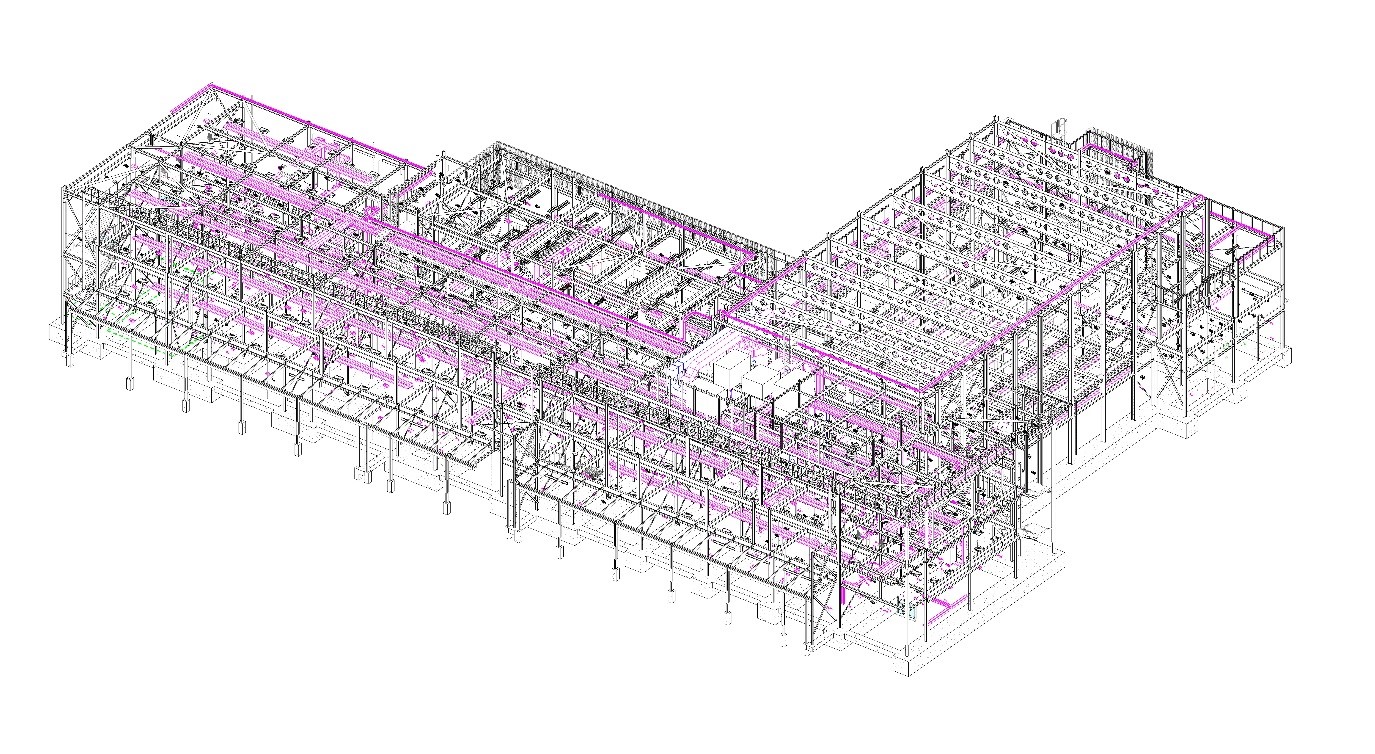
Figure 2: Structure and building services
BIM benefits for the future. With the Government driving the use of this process, BIM will become the norm for every building project and asset management in the future. BIM is not only for the Builder or Architect, its collaboration techniques, environmental analysis, facility management, design, project programming and cost estimation is vital to successful asset management before, during and post project.
Not many businesses are aware of the BIM process and its benefits and yet this simple process can change the way design, construction and facilities management is handled. And given the current drive towards BIM, businesses should ensure they are aware of, and reaping the benefits of this process.
Author

Chaminda Abayawardana
Associate Partner
01932 850100
Chaminda.Abayawardana@dhpuk.co.uk
www.dhpuk.co.uk









